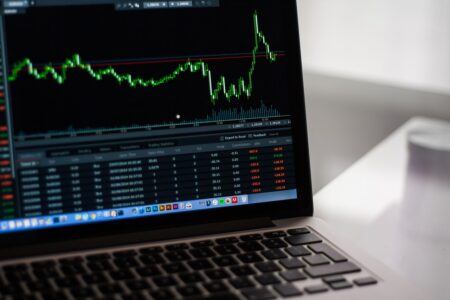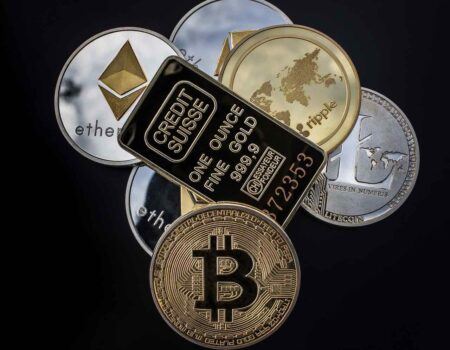In a recent publication, Diar reports that Coinbase trading volume has officially hit a yearly low. As the bear market continues, trading volumes continue to decline across the board.
Prominent exchange Coinbase, has been one of the worst hit by the bear market – as their trading volume, measured in USD, shows:
 Source: Diar
Source: Diar
As shown, total trading volume is below Q3 2017 levels. Q4 2017 and Q1 2018 saw massive volume spikes, as the entire market rallied behind BTC. However, since then, volume has been declining.
Now that it’s October, we can confidently say that Q3 was Coinbase’s slowest quarter this year.
Coinbase is not alone, below is BitStamp’s volume over time:
 Source: Diar
Source: Diar
BitStamp’s volume, like Coinbase, is declining. Unlike Coinbase however, their Q3 2018 volume was higher than in Q3 2017, but as the data show, the volumes are far from impressive.
Binance, the world’s largest exchange by volume and a very popular altcoin exchange, however is faring better than both of these exchanges:
 Source: Diar
Source: Diar
Launched in early 2017, Binance exploded in popularity Q4 2017 as altcoins became more popular. Since then, their volume has declined, but by far less than rival exchanges Coinbase and BitStamp.
Binance only offers altcoin trading (no fiat), which indicates that spot BTC purchasing (on Coinbase and BitStamp) is down, but trading altcoins (on Binance) is still popular.
In addition to monitoring trading volume, Google Trends offers powerful insights into overall interest in various search terms in the space.
For example, here’s the Google Trends result for “bitcoin” for the past 12 months:

Click here to read how a trader developed a trading algorithm that buys when people are searching for “buy bitcoin.”
Tales Of The Tether
Besides trading volume, another metric to consider is the Tether (USDT) trading share:
 Source: Diar
Source: Diar
As the chart from Diar shows, the percentage of USDT trading has grown significantly – climbing all the way up to 57% of total trading.
Increase in USDT trading could mean that the market is being controlled by traders, not everyday investors: Investors don’t trade with USDT – they mostly purchase using actual USD on exchanges like BitStamp and Coinbase.
Traders, on the other hand, use USDT to keep their trading balances denominated in dollars. Tether is available on Binance and Bitfinex, two exchanges primarily used by traders.
Although Tether volume is increasing, some traders are opting out of the stablecoin. After reports that Tether could be having banking issues, traders have been moving away from USDT and are instead using actual dollars.









